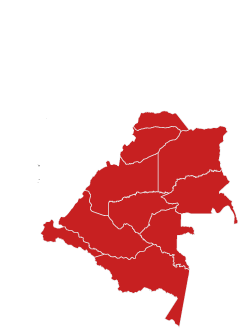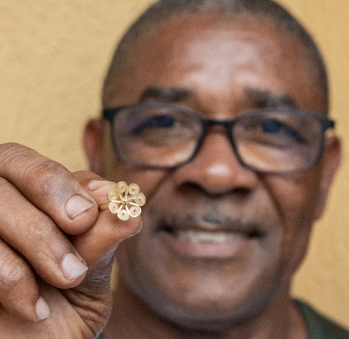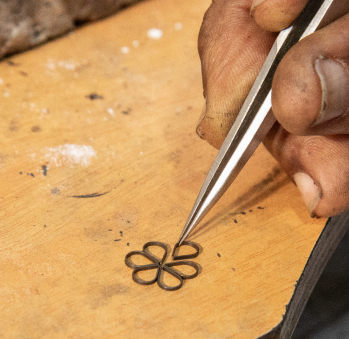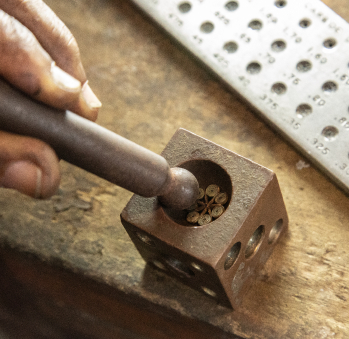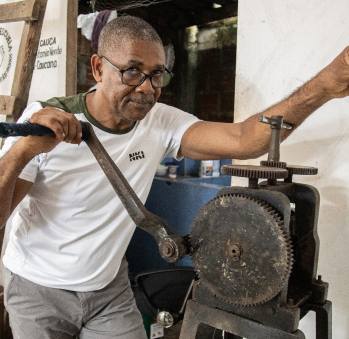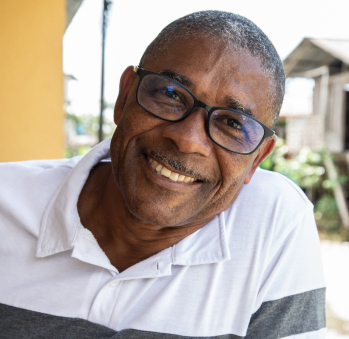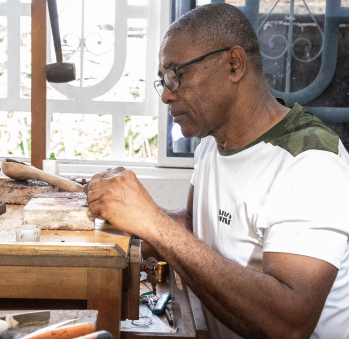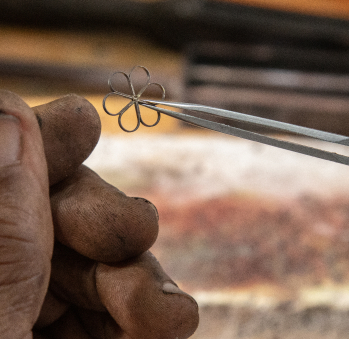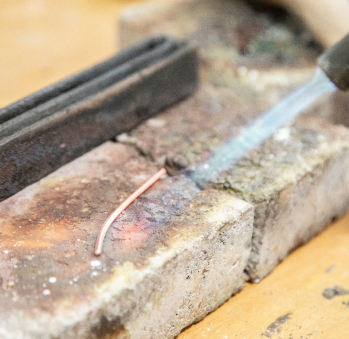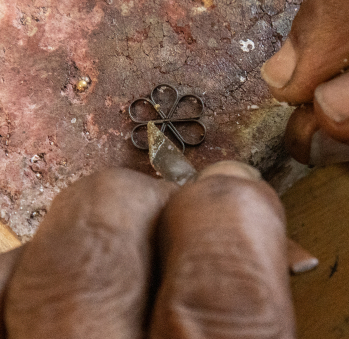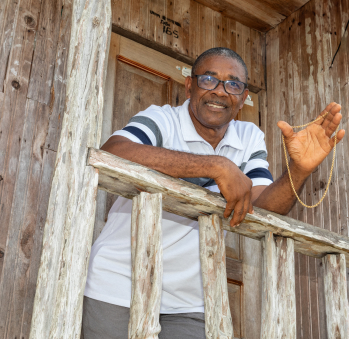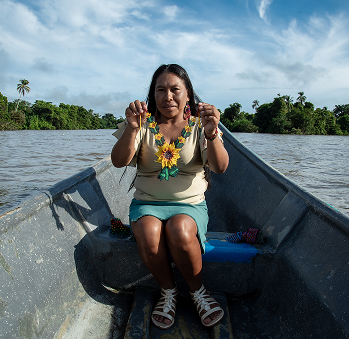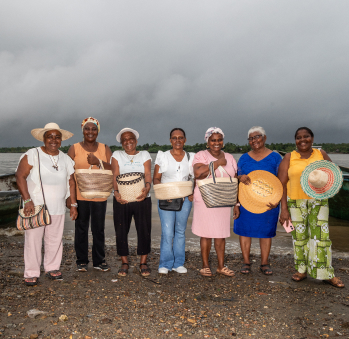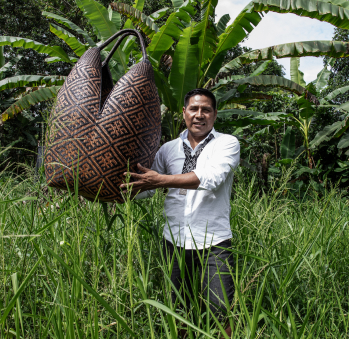Jesús Antonio Venté
Workshop: Taller escuela Memoria en las manos
Craft: Jewelry
Trail: Guapi-Timbiqui Route
Location: Timbiquí, Cauca
SCHEDULE YOUR VISIT
Unión de vivienda, Timbiquí
3167141892
ventejesusantonio@gmail.com
Speaking with Jesús Antonio Venté is like receiving a small slice of Colombian history—though there’s nothing small about it. It’s simply been minimized: the story of a Black community that lives along the tributaries of the Timbiquí River in Cauca, a people who, for as long as their collective memory stretches, have panned for gold in those waters to make a living. A natural wealth that, as Venté sharply points out, never made anyone in his territory rich—but did enrich many outsiders. It also brought with it a violence no one asked for, from which his people have tried to escape by every possible means. But let’s go step by step, because there is much to tell.
This artisan speaks of gold—the gold he grew up with, the gold that allowed him to support and educate his family. In Timbiquí and the towns upriver, everyone has practiced barequeo, dipping their pans into the water and swirling them gently, patiently, as if in a dance, waiting for the grains to settle, for the lucky glint of a nugget that might pay for groceries, a necklace, and a pair of earrings. Every man in his community knows how to mine; it’s part of who they are. He himself began working as a child in his father’s mine, just like many other children. These were artisanal mines meant only to cover daily needs—no one was chasing wealth. Until, that is, others came chasing it.
The first outsiders were the British—funded and staffed by the French—who, competing for a concession granted by President Manuel Antonio Sanclemente in 1899, exploited the Timbiquí River and its tributaries for decades through The New Timbiquí Gold Mine Ltd. Jesús Antonio explains that the labor imposed on the locals amounted to a re-enslavement of his people, subjecting them to brutal working conditions. He recalls that his village, Santa María—the last one upriver on the Timbiquí—was the final place in the region to abolish slavery in 1900, long after the official abolition in Colombia in 1851. Then came the Russians, mining in the area from 1989 to 1993. Jesús remembers this period clearly—it was when the first environmental damages began to show. But the real trouble started in 2010, when illegal armed groups arrived on the river, bringing in backhoes from the Valle del Cauca to carry out illegal large-scale mining. “Ah,” he sighs, “this precious metal has always attracted outsiders.”
For Jesús Antonio, to talk about gold is to talk about so much more. He celebrates the 2015 landmark ruling—Sentence 071 in favor of the Renacer Negro Community Council—a historic recognition and the first reparative measure after generations of inherited suffering. His brother Saturnino led that charge. But, as they’ve witnessed firsthand, legal recognition doesn’t always translate into action. So Jesús continues to make his living from goldsmithing, trusting in what his own hands can create, rather than in what the state may or may not deliver.
He carries with him the memories of his father and other men from his town, crafting gold without formal training but with fierce determination. He remembers them flattening metal with hammers, breathing life into flames with gasoline-fed blowtorches powered by nothing but their own lungs. These men are his heroes: those who had nothing, yet made everything. In Timbiquí, everyone wears gold. Women with rings on every finger don’t hide them the way people in the cities do. Yes, they’re vain—but also, they know gold is wealth you can carry, trade, or use to shield against envy and bad energy. These stories nourish him, guide him, and fuel his creativity. He knows Timbiquí gold shines brighter, and its jewelry is heavier than, say, the filigree of Santa Fe de Antioquia. That’s because this gold is meant for daily use—you cook with it, sleep with it, run errands with it. So he’ll keep making chains, his favorite. Perhaps because a chain is the perfect metaphor for memory: one link joined to the next. And Jesús Antonio Venté has many links to share.
Craft

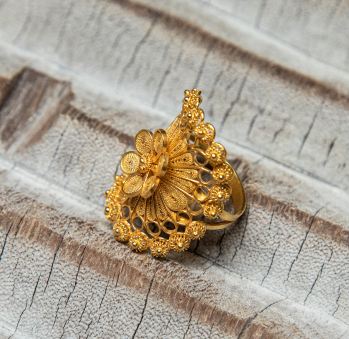
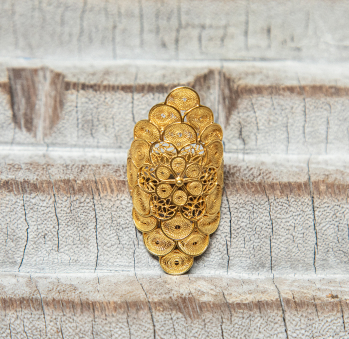



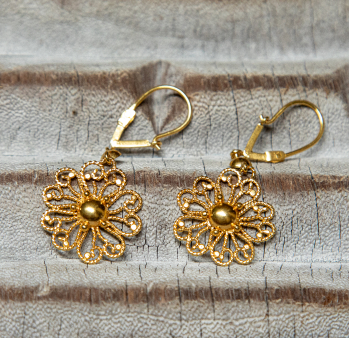
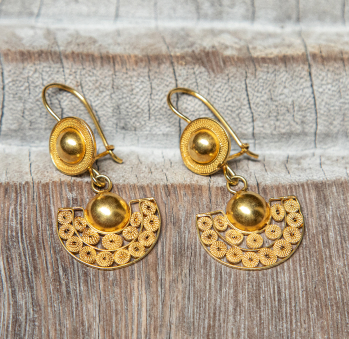










Artisans along the way
Artisans along the way
No puede copiar contenido de esta página

